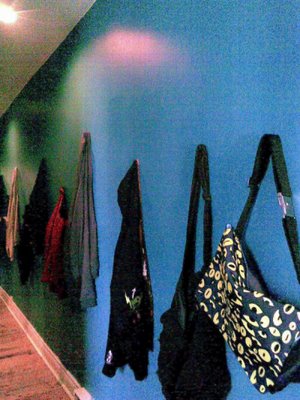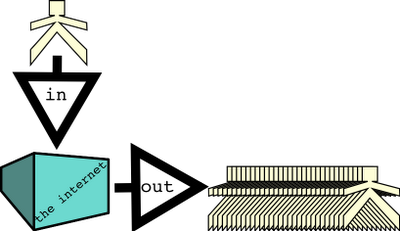Chalkboard fridge

Labels: awesome, clever ideas, creativity, design, food, house hack, organization, usability
ideas, household hacks, projects, things.

Labels: awesome, clever ideas, creativity, design, food, house hack, organization, usability
Labels: analysis, clever ideas, not good enough, organization, problems, usability
Labels: analysis, design, government, montreal, not good enough, problems, trouble, urbanism, usability
Labels: creativity, design, usability
Labels: creativity, design, internet, media, not good enough, problems, usability
Labels: anachronism, clever ideas, future, problems, solutions, urbanism, usability
Labels: anachronism, analysis, commerce, education, internet, marketing, media, not good enough, problems, solutions, usability
Labels: design, education, footnote, internet, language, perfection, usability, whiteboard
Labels: analysis, creativity, education, not good enough, problems, usability
Labels: "art", analysis, cabin fever, clever ideas, creativity, montreal, not good enough, problems, solutions, transit, urbanism, usability
Labels: analysis, clever ideas, commerce, design, food, marketing, not good enough, organization, problems, solutions, trouble, usability
Labels: design, not good enough, problems, projects, reasonably clever ideas, solutions, usability
Labels: awesome, clever ideas, design, media, problems, solutions, usability
Labels: design, not good enough, problems, projects, reasonably clever ideas, solutions, usability
Labels: analysis, awesome, clever ideas, design, montreal, plants, transit, urbanism, usability

Labels: "art", awesome, clever ideas, design, lazy, organization, projects, usability

Labels: analysis, copyright, design, education, internet, media, problems, solutions, usability
Labels: analysis, clever ideas, design, education, fun, internet, marketing, media, perfection, projects, solutions, usability
Labels: clever ideas, design, fun, lazy, projects, solutions, urbanism, usability, whiteboard
Labels: commerce, not good enough, problems, trouble, usability
Labels: analysis, cbc, internet, marketing, media, organization, usability
Labels: commerce, funny, language, marketing, not good enough, organization, problems, usability
Labels: design, not good enough, problems, usability
Labels: "art", analysis, design, not good enough, problems, urbanism, usability
Labels: analysis, clever ideas, design, projects, solutions, usability
Labels: analysis, clever ideas, copyright, internet, media, organization, problems, solutions, tv, usability
Labels: analysis, design, good enough, usability